Shift-Work Impact on Creativity & Problem-Solving Calculator
How It Works
This calculator estimates how your shift schedule impacts creativity and problem-solving based on:
- Shift timing and duration
- Sleep quality and quantity
- Caffeine consumption
Your Cognitive Impact Summary
Creativity Score
Problem-Solving Score
Recommendations
Ever wonder why a night‑shift nurse suddenly struggles to think outside the box, or why a rotating‑shift developer hits a wall on a tricky bug? The culprit is often Shift-Work Disorder, a hidden disruptor that messes with the brain’s creative and analytical engines. Below we break down what the disorder is, why it hurts originality and logical reasoning, and what you can do to protect your mind while still keeping the night shift.
What is Shift-Work Disorder?
Shift-Work Disorder is a chronic circadian misalignment condition that causes excessive sleepiness, insomnia, and reduced performance in people whose work hours clash with the natural light‑dark cycle. The International Classification of Sleep Disorders (ICSD‑3) lists it as a primary sleep‑wake disorder, meaning the problem stems from the schedule itself, not a secondary medical issue.
Circadian Rhythm: The Body’s Internal Clock
Circadian Rhythm is a roughly 24‑hour biological cycle that regulates hormone release, body temperature, and alertness. Light is the main cue; when you’re exposed to daylight, the suprachiasmatic nucleus (SCN) in the brain tells the body to stay awake. When darkness falls, melatonin spikes and sleepiness follows. Shift work flips that script, forcing the SCN to run on a borrowed schedule that never quite catches up.
Sleep Deprivation and Cognitive Toll
Sleep Deprivation is the cumulative loss of sleep time and quality, often measured in hours of sleep missed per week. Even a modest deficit of 30 minutes each night can shave off 10% of cognitive capacity. Research from the University of Melbourne (2024) showed that workers with chronic sleep loss performed 22% slower on a pattern‑recognition test and made 37% more errors on a creative brainstorming task.
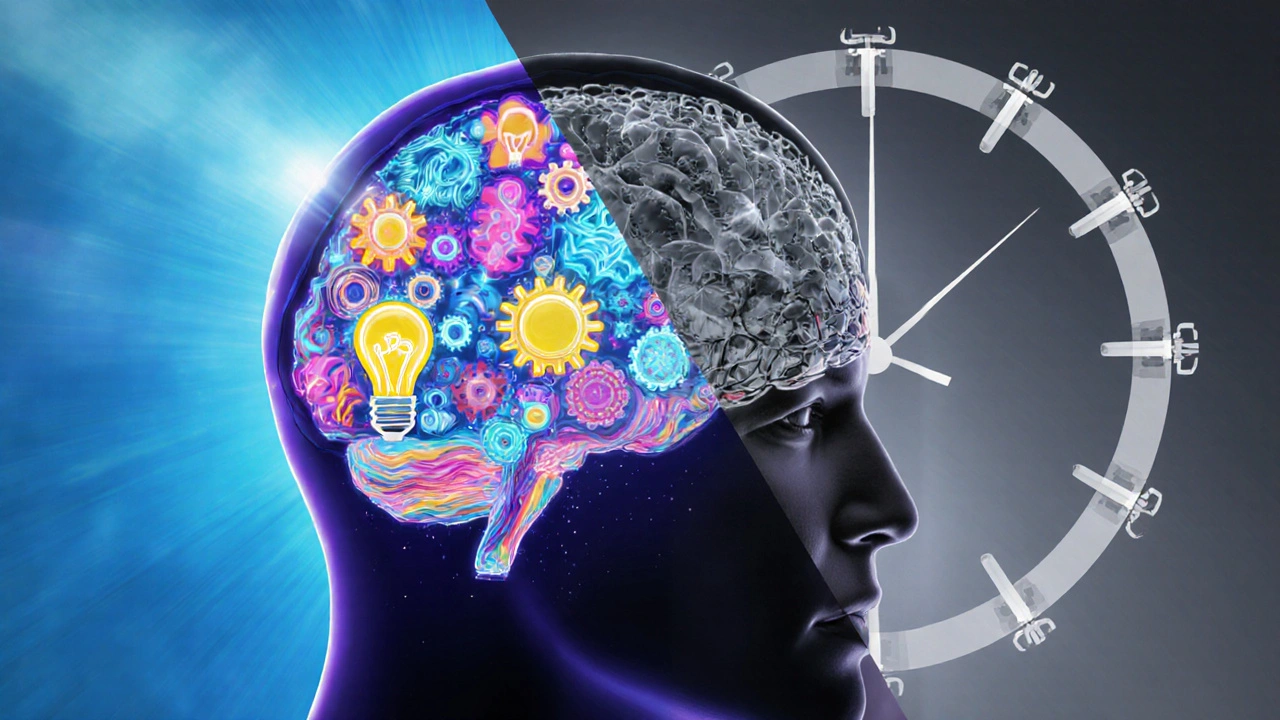
How Creativity Takes a Hit
Creativity is the ability to generate novel and useful ideas, often measured by divergent‑thinking tests such as the Torrance Tests of Creative Thinking. Creative thinking relies on a flexible network of brain regions, especially the default mode network (DMN) that flourishes during relaxed, well‑rested states. When sleep is fragmented, the DMN’s connectivity drops, making it harder to combine disparate concepts. A 2023 study of airline pilots on rotating schedules found a 15‑point decline in creative fluency scores after three consecutive night shifts.
Problem‑Solving Skills Under Stress
Problem‑Solving Skills are the capacity to identify, analyze, and resolve complex issues, often assessed through tasks like the Tower of Hanoi or logical puzzles. These skills depend heavily on the prefrontal cortex, which is highly sensitive to sleep loss. Even a single night of 4‑hour sleep can reduce logical reasoning speed by about 20% and increase the likelihood of “mental set” - the tendency to stick with familiar solutions rather than exploring alternatives.
Practical Strategies to Shield Your Brain
- Stabilize Your Schedule: If possible, stick to a consistent shift rotation (e.g., same days each week) to give the SCN a predictable pattern.
- Strategic Light Exposure: Use bright white light (2,500-5,000 lux) for 30‑45minutes at the start of a night shift to boost alertness, then wear blue‑light‑blocking glasses on the way home.
- Power Naps: A 20‑minute nap before a night shift can restore alertness without causing grogginess.
- Melatonin Supplementation: Taking 0.5mg of melatonin 30minutes before the desired sleep window can help re‑anchor the circadian rhythm.
- Nutrition Timing: Eat a light, protein‑rich snack at the start of the shift; avoid heavy carbs and caffeine after the first half of the shift to prevent crashes.
- Exercise Wisely: Light aerobic activity (e.g., a 15‑minute walk) during a break can increase blood flow to the brain without overstimulating the system.
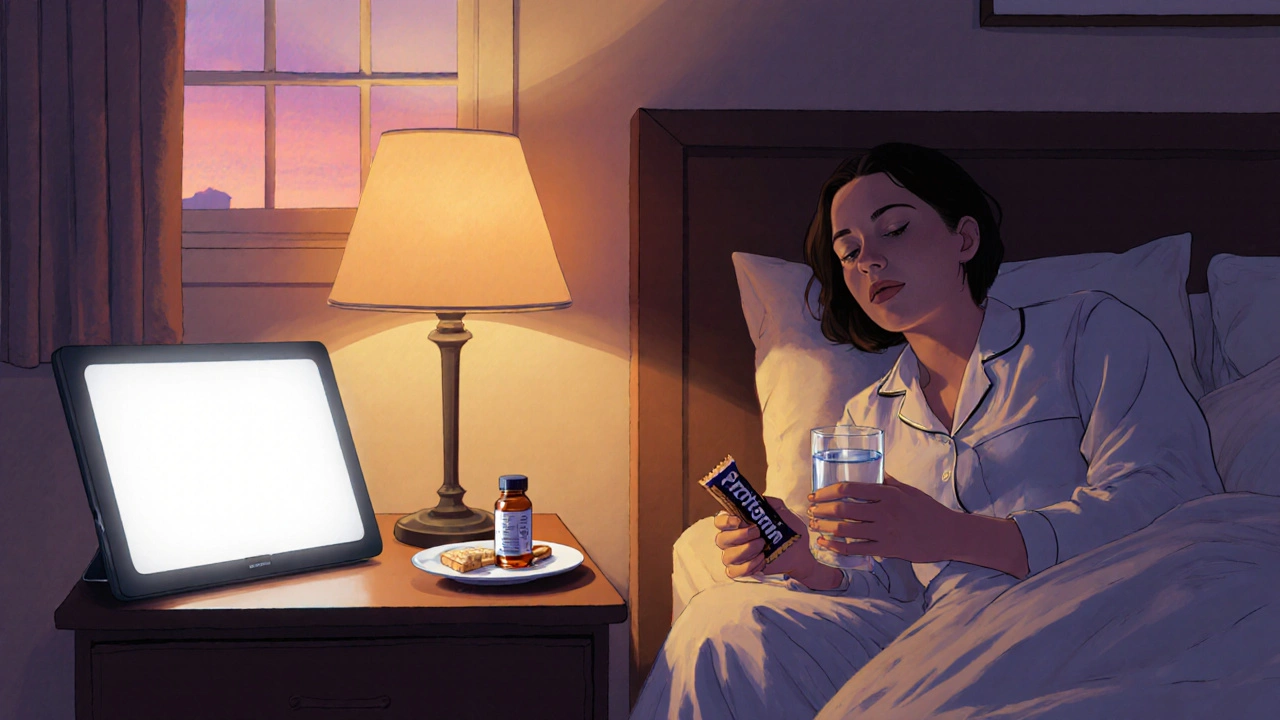
Employer‑Level Interventions - A Quick Comparison
| Intervention | Implementation Cost | Effect on Creativity | Effect on Problem‑Solving |
|---|---|---|---|
| Flexible Rotations (4‑day blocks) | Low | Medium ↑ | Medium ↑ |
| Bright‑Light Rooms | Medium | High ↑ | High ↑ |
| On‑Site Nap Pods | Medium‑High | High ↑ | Medium ↑ |
| Melatonin Supply Program | Low | Low ↑ | Low ↑ |
| Scheduled Meal Breaks | Low | Medium ↑ | Medium ↑ |
Quick Checklist for Night‑Shift Workers
- Set a consistent shift pattern for at least 4 weeks.
- Use a light box for 30minutes at shift start; wear blue‑light blockers on the commute home.
- Schedule a 20‑minute power nap before the shift if you’re sleep‑deprived.
- Take a low dose of melatonin 30minutes before your intended sleep time.
- Avoid caffeine after the first half of the shift.
- Eat a protein‑rich snack; stay hydrated.
- Take a brief walk or stretch every 90 minutes.
- Track mood and performance in a simple journal to spot patterns.
Frequently Asked Questions
Can occasional night shifts cause Shift‑Work Disorder?
A single night shift usually won’t trigger the disorder, but repeated irregular schedules (more than three nights per month) can lead to chronic circadian misalignment and symptoms consistent with Shift‑Work Disorder.
How long does it take for the body to readjust after stopping night shifts?
Full re‑entrainment can take 1 to 2 weeks for most adults, though some residual fatigue may linger for up to a month, especially if sleep debt was high.
Is melatonin safe for long‑term use?
Low doses (0.5-1mg) are generally considered safe for most adults when used intermittently to aid sleep onset. Chronic high‑dose use should be discussed with a healthcare professional.
Do naps reduce the negative impact on creativity?
Yes. A brief 20‑minute nap can restore dopamine levels linked to divergent thinking, leading to a measurable boost in creative fluency after a night shift.
What role does diet play in combating Shift‑Work Disorder?
A balanced diet rich in lean protein, complex carbs, and omega‑3 fatty acids helps stabilize blood‑sugar swings and supports neurotransmitter production, both of which are crucial for maintaining sharp problem‑solving abilities.

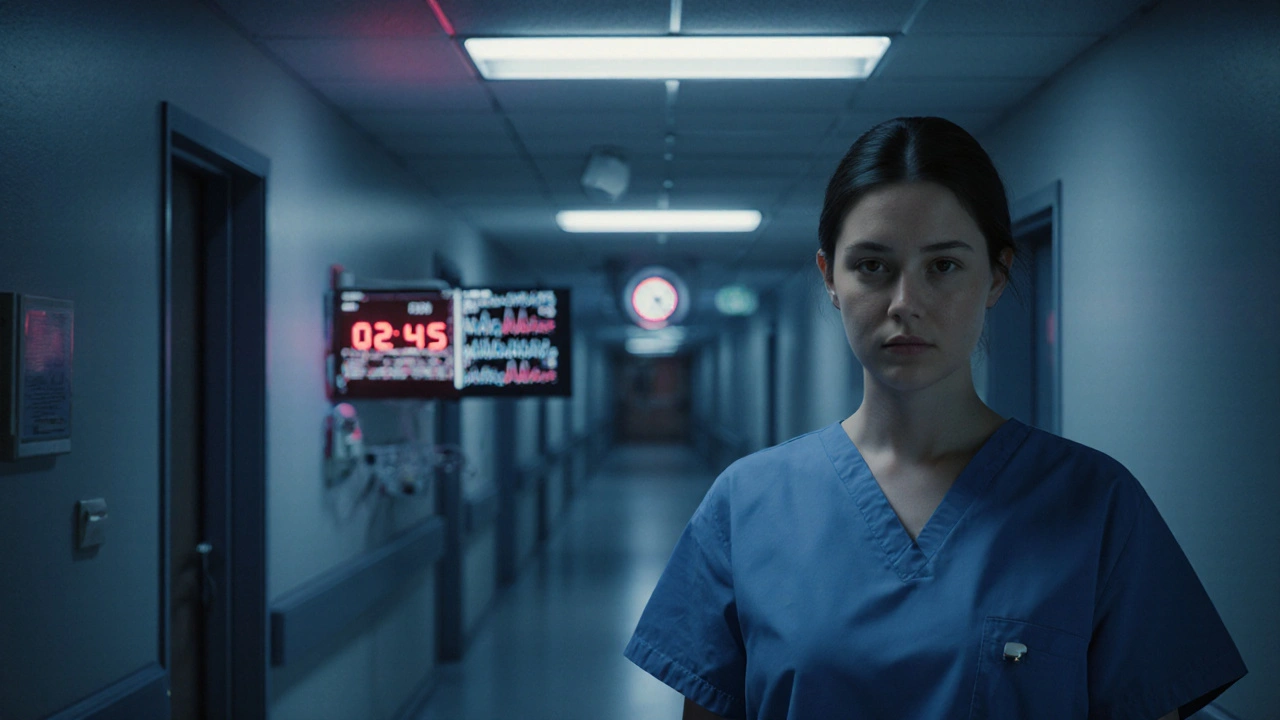
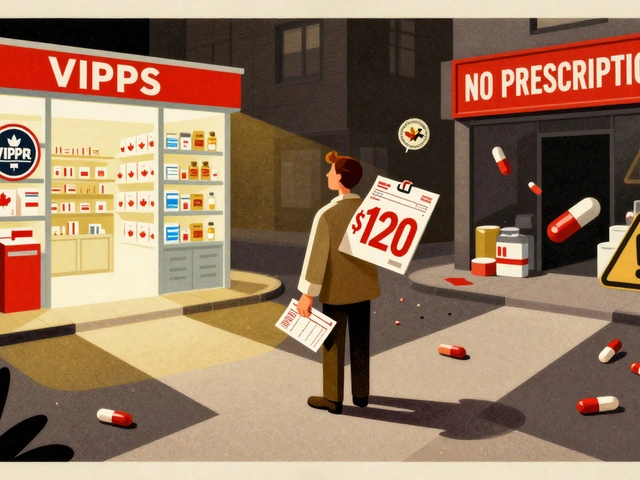

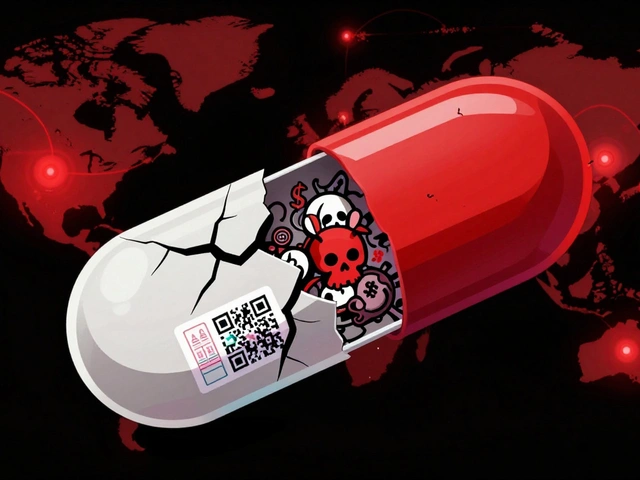
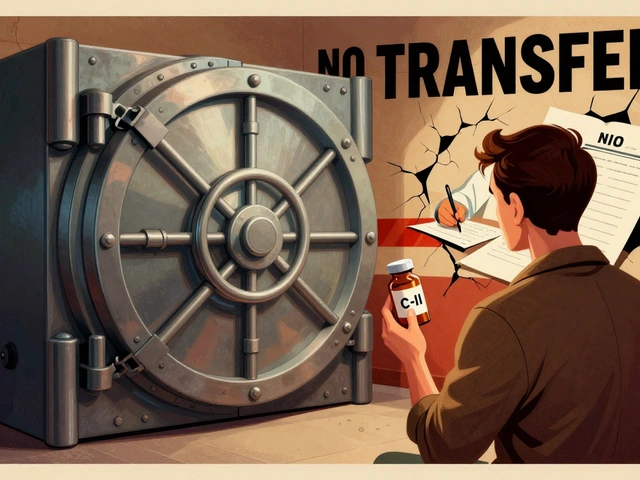
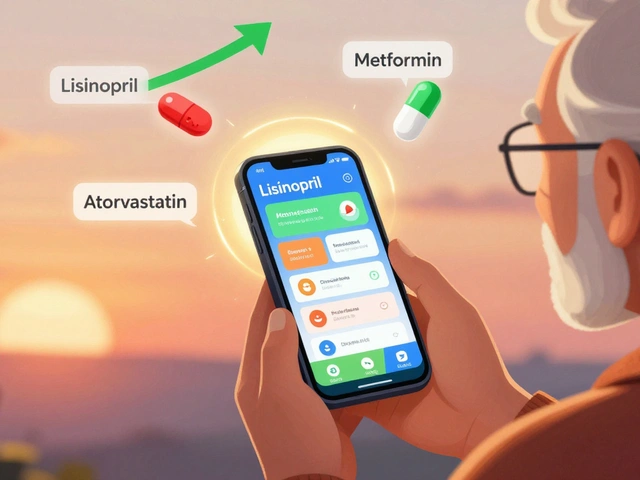
Sarah Kherbouche
October 8, 2025 AT 17:16Shift work is just a scam for lazy ppl, get a real job.
MANAS MISHRA
October 8, 2025 AT 17:50Totally get where you're coming from, but the science does show that consistent sleep schedules and proper light exposure can really help maintain creativity even on night shifts.
Lawrence Bergfeld
October 8, 2025 AT 18:23Interesting points, but remember: consistent sleep, proper lighting, and short naps can mitigate the effects.
Chelsea Kerr
October 8, 2025 AT 19:13Creativity is like a river that needs the right flow; when our circadian rhythm is disrupted, the current slows down. 🌊🧠 Embracing small habits-like a sunrise alarm or a calming tea before bed-can restore that flow. 😊
Tom Becker
October 8, 2025 AT 20:03The real reason night shifts kill creativity is the government's hidden mind‑control experiments, using blue‑light lasers to scramble our thoughts while they harvest our data. Don’t be fooled by the "science" they feed us.
Laura Sanders
October 8, 2025 AT 20:53While your conjecture is entertaining the studies show clearly that shift work reduces creative output significantly
Jai Patel
October 8, 2025 AT 21:43Indeed the data sings like a symphony of circadian disruption, each missed REM cycle a discordant note that dampens our inventive spark. Embrace bright‑light therapy and strategic napping to rewrite that melody.
Zara @WSLab
October 8, 2025 AT 22:33Great insight! 🌟 Keeping a consistent routine and using light boxes can really turn the tide for night‑shift workers.
Randy Pierson
October 8, 2025 AT 23:40When you peel back the layers of shift‑work physiology, a fascinating tapestry emerges, interweaving hormonal cascades, neural plasticity, and behavioral economics. The suprachiasmatic nucleus, our internal chronometer, relies on consistent photic cues. When those cues are scrambled, melatonin secretion becomes erratic, leading to fragmented sleep architecture. Fragmented sleep, in turn, impairs the default mode network-a hub for divergent thinking-thereby throttling creative ideation. Moreover, the prefrontal cortex, the seat of logical reasoning, exhibits reduced glucose metabolism after sustained nocturnal labor, which diminishes problem‑solving acuity. Empirical studies from institutions like Melbourne and Harvard corroborate these findings, reporting up to a 30% decline in creative fluency after just three consecutive night shifts. Yet hope is not lost. Light therapy, administered at 2,500–5,000 lux for 30–45 minutes at shift onset, can recalibrate the circadian clock, bolstering alertness and preserving cognitive bandwidth. Complementary strategies-such as a 20‑minute power nap before the shift, judicious caffeine timing, and a low‑dose melatonin supplement 30 minutes before the intended sleep window-further safeguard neurocognitive performance. Nutrition also plays a pivotal role; meals rich in omega‑3 fatty acids and lean protein stabilize blood‑sugar fluctuations, supporting neurotransmitter synthesis crucial for both creative and analytical tasks. Finally, institutional interventions like flexible rotation schedules, on‑site nap pods, and bright‑light rooms have demonstrably lifted both creativity and problem‑solving metrics across diverse occupational cohorts. By integrating these evidence‑based practices, night‑shift professionals can mitigate the deleterious cognitive impacts and continue to innovate at the highest levels.
Bruce T
October 9, 2025 AT 00:46Nice rundown but remember it’s not just about hacks-people have a moral duty to push for healthier work policies instead of just coping with a broken system.